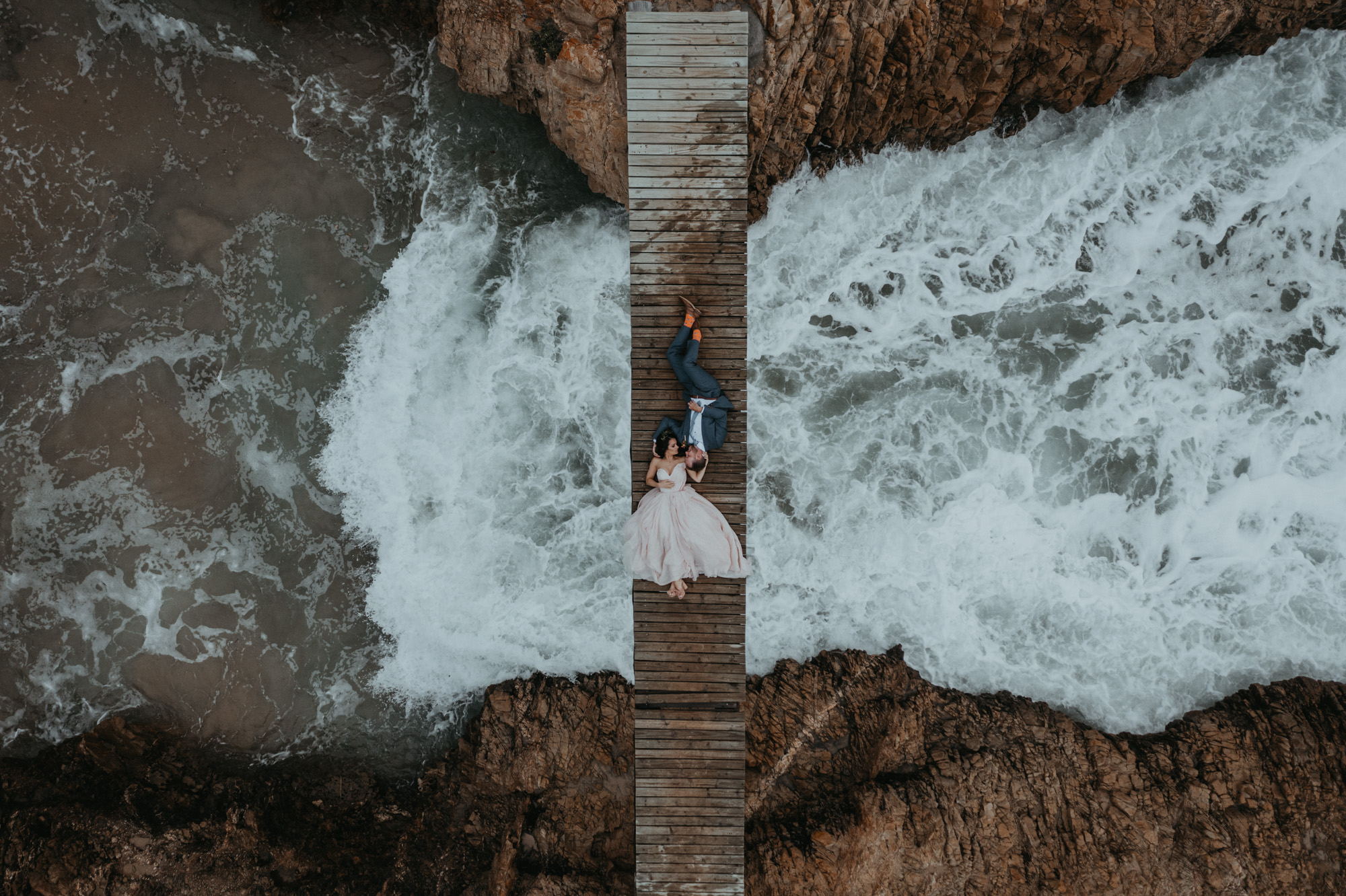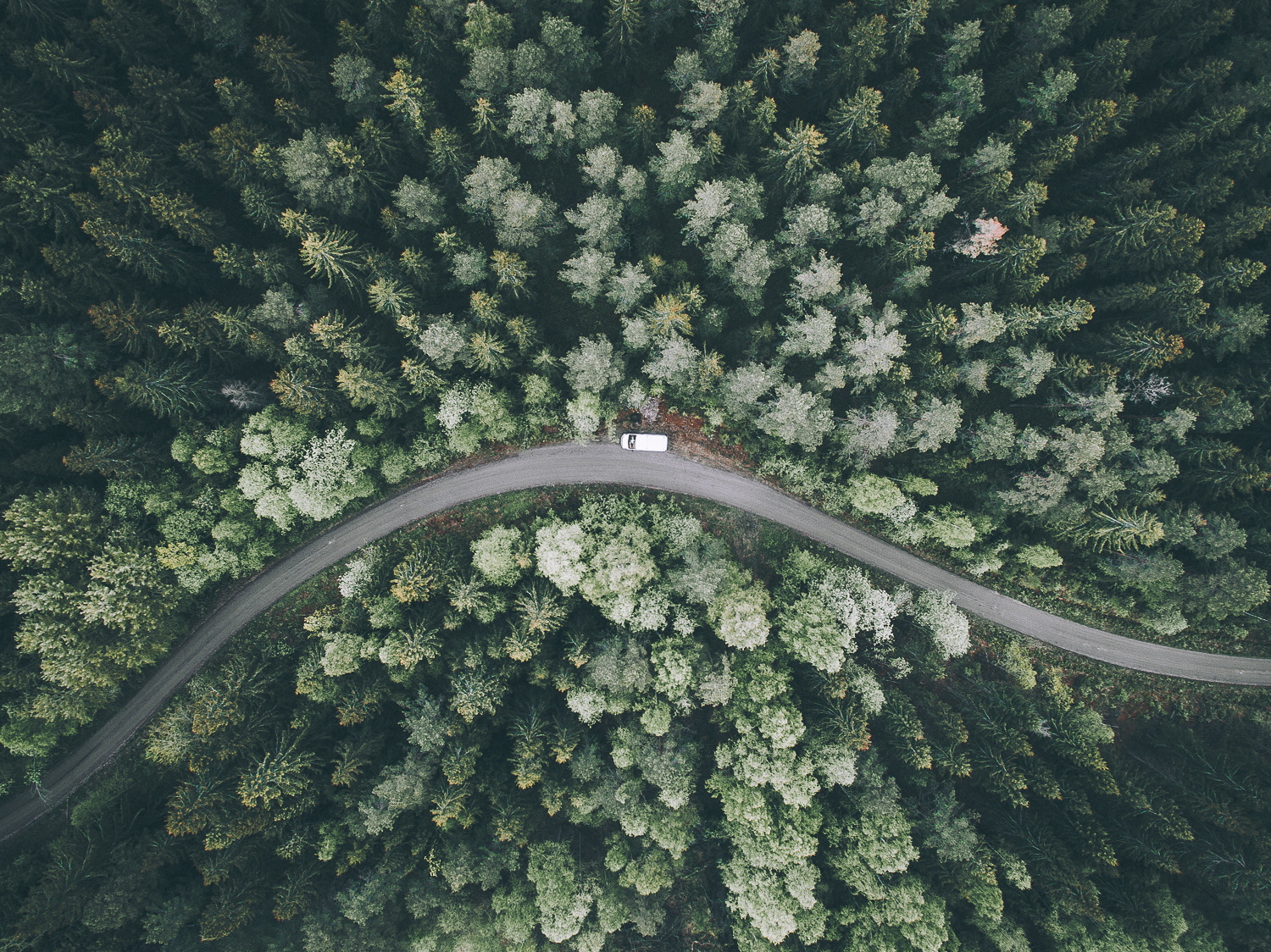Elevate Your Visuals with an Skilled Drone Photographer in Coeur d'Alene
Elevate Your Visuals with an Skilled Drone Photographer in Coeur d'Alene
Blog Article
Transform Your Viewpoint: The Art and Science Behind Drone Photography
Drone photography represents a significant crossway of creative vision and technological innovation, enabling designers to record viewpoints formerly unattainable. Recognizing the auto mechanics of drone innovation, from equipment selections to structure methods, is crucial for attaining compelling images. In addition, factors to consider such as illumination and environmental problems can exceptionally influence the final end result. As photographers refine their skills in both aerial method and post-processing, they unlock a richer narrative potential. Yet, what really distinguishes reliable drone photography from simple aerial photos? Exploring this inquiry discloses deeper understandings into the craft and its progressing landscape.
Recognizing Drone Technology
Comprehending drone modern technology is vital for any person thinking about harnessing its abilities for photography. Drones, or unmanned airborne vehicles (UAVs), count on a combination of software and hardware to achieve flight and capture imagery. At their core, these gadgets are furnished with sensing units, cameras, and navigation systems that allow them to fly autonomously or be controlled remotely.
The primary components of drone technology include the flight controller, which works as the brain of the drone, processing data from various sensors to guarantee steady flight. Furthermore, GPS technology plays a vital function in navigation, making it possible for drones to comply with pre-defined flight paths and preserve their position also in challenging conditions.

Furthermore, comprehending the regulative landscape surrounding drone usage is vital, as it governs where and exactly how drones can be operated, ensuring safety and conformity. Familiarity with these facets of drone modern technology encourages digital photographers to optimize their creative possibility while adhering to lawful standards.
Necessary Devices for Drone Digital Photography
Choosing the appropriate devices is crucial for attaining phenomenal results in drone photography. At the heart of this arrangement is the drone itself, which ought to be picked based on trip stability, electronic camera high quality, and ease of use. Popular models commonly feature integrated high-def video cameras that record stunning airborne images.
Along with the drone, buying a high-grade video camera is essential. Lots of drones come outfitted with video cameras with the ability of capturing in 4K resolution, however, for professional-grade outcomes, take into consideration a drone that enables compatible cams or supports larger sensors. This adaptability can substantially improve photo top quality.
Stabilization is an additional crucial element. A three-axis gimbal is recommended for smooth video footage, decreasing resonances that can take away from image quality. Moreover, added batteries and a trusted charger make sure extended flight time, allowing for more extensive shoots.
Mastering Composition Techniques
Understanding make-up techniques is essential to boosting your drone digital photography from common to amazing. A well-composed photo records the visitor's focus and communicates a powerful narrative.
One of the vital principles to take into consideration is the regulation of thirds, which entails dividing your structure right into a grid of nine equal components. Placing crucial aspects along these lines or at their intersections develops visual rate of interest and balance. Additionally, leading lines can guide the visitor's eye with the photograph, accentuating the subject and adding deepness.
One more effective technique is mounting, where natural environments such as trees or structures frame the topic, improving the prime focus. This technique not just offers context but additionally produces a sense of affection within the scene.

Finally, constantly bear in mind the horizon line. A jagged perspective can sidetrack and detract from an otherwise captivating photo. By mastering these make-up techniques, you can significantly boost the impact of your drone digital photography.
Lighting and Climate Considerations
In drone digital photography, the interplay of illumination and climate can substantially influence the high quality and state of mind of your pictures. Optimum illumination problems are essential; the gold hours-- quickly after daybreak and before sundown-- offer soft, diffused light that improves shades and minimizes extreme darkness. During these times, the landscape appears a lot more dynamic and vivid, enabling spectacular airborne shots.
Alternatively, overcast skies can create a level, low-key palette, yet they can also provide also lighting that reduces comparison and highlights information in the setting. This can be helpful for capturing structures in city settings or detailed patterns in nature.
Weather conditions, such as rain, fog, or snow, can likewise include special components to your digital photography. Fog can create a sense of mystery, while rain can improve colors and fill the landscape. It is necessary to take into consideration the safety and security of your drone; flying in negative weather condition conditions can lead to tools damages or loss of control.
Inevitably, recognizing how illumination and weather condition impact your aerial shots enables you to choose the excellent problems for your drone digital photography, making certain visually striking and engaging pictures.
Post-Processing Tips and Tricks
After capturing spectacular airborne photos, the following step involves refining those shots via post-processing. This vital phase boosts the visual impact of your photos, allowing you to highlight the distinct viewpoints that drones offer.
Start with software devices like Adobe Lightroom or Photoshop, which offer durable editing and enhancing abilities. Begin by fixing direct exposure and white balance to ensure that your shades appear lifelike. Utilize pie chart checks to attain optimum illumination degrees, staying clear of too much exposure or loss of detail in shadows.
Following, boost contrast to include depth to your photos. Changing clarity can hone important details without presenting noise, which is specifically useful in aerial shots where structure plays a significant function. Don't shy away from chopping; this can help focus the viewer's attention on the main topic.
Color grading is one more effective device. Try out saturation and vibrance to make the landscape pop, yet apply these modifications judiciously to keep a natural look. Ultimately, consider applying a minor vignette to direct the customer's eye towards the center of the image. By mastering these post-processing review methods, you can boost your drone digital photography to brand-new elevations.
Final Thought

What truly identifies efficient drone photography from simple aerial snapshots? Many drones come outfitted with cams capable of capturing in 4K resolution, however for professional-grade results, take into consideration a drone that enables for compatible video cameras or sustains larger sensors. By understanding these structure strategies, you can substantially enhance the effect of your drone digital photography.
In drone photography, the interplay of lights and weather can dramatically affect the top quality and mood of your pictures (aerial photographer spokane). By understanding these post-processing techniques, you can raise your drone digital photography to new heights
Report this page